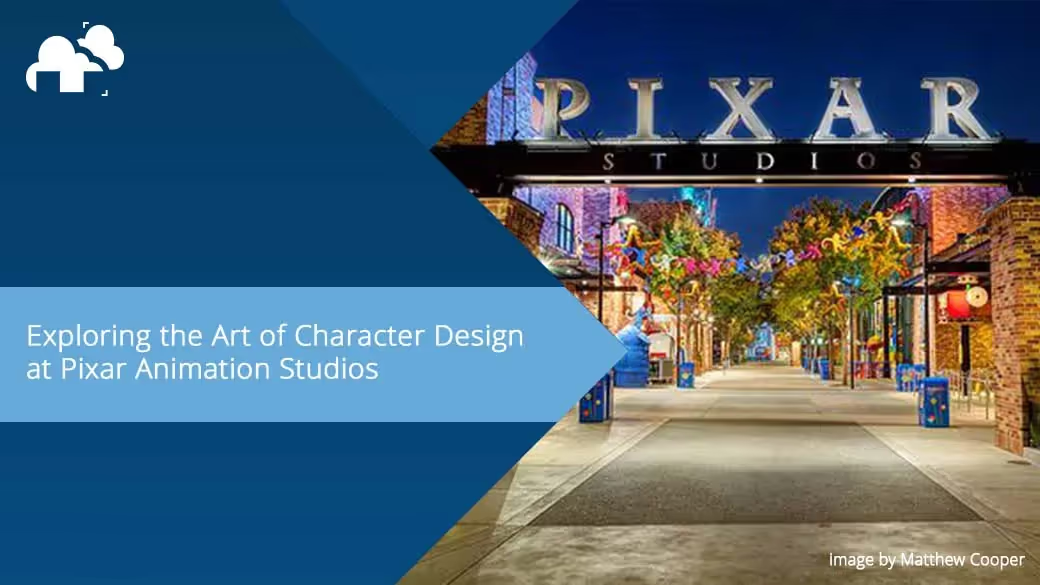
When you think of Pixar, vibrant images of Woody, Buzz Lightyear, or even Sulley and Mike from "Monsters, Inc." likely spring to mind. Pixar Animation Studios has become synonymous with masterful storytelling and unforgettable characters. But what is it about Pixar's approach to character design that makes their creations so memorable? This article delves into the artistry and science behind Pixar's character design process, exploring the philosophies, techniques, and tools that bring their characters to life.
At the heart of Pixar's character design is a commitment to creating characters that are not only visually appealing but also emotionally resonant. The philosophy is simple yet profound: every character must serve the story. According to Pixar's creative minds, a character’s design starts with understanding their personality and role in the narrative. This approach ensures that each character, no matter how fantastical, feels genuine and relatable.
Pixar’s character design techniques have evolved significantly since the release of "Toy Story" in 1995, the first fully 3D CGI animated feature film. Initially, the challenge was to create characters that were visually appealing within the technical constraints of the time. Over the years, advancements in technology have allowed Pixar to push the boundaries of what’s possible in animation, creating characters with increasingly complex emotions and physical characteristics.
Pixar's characters are crafted with meticulous attention to artistic detail. Concept art and sketches are the starting points, where artists explore various styles and features to define a character's look and feel. These initial designs focus on the character's silhouette, anatomy, and key physical features that will make them instantly recognizable and memorable.
The transition from sketch to 3D model involves sophisticated technical processes. Character designers at Pixar use state-of-the-art software to create detailed 3D models, paying close attention to textures, shading, and the intricate details that add depth and realism. The shading art director, for instance, plays a crucial role in defining how light interacts with the character’s surface, enhancing their visual appeal.
Storytelling is integral to character design at Pixar. Each character’s backstory, personality, and motivations are deeply intertwined with their physical design. For example, the sleek, minimalist design of WALL-E reflects his function and personality as a diligent, solitary robot. This storytelling approach ensures that every character’s design is purposeful and contributes meaningfully to the narrative.
Pixar has developed a suite of proprietary tools to aid in character design and animation. Software like RenderMan, used for rendering 3D animations, and Presto, their in-house animation system, are crucial for bringing characters to life. These tools allow for high levels of detail and complexity, enabling Pixar to create visually stunning and emotionally engaging characters.
The integration of 3D modeling and animation is seamless at Pixar. Once a character is modeled, animators use Presto to define their movements and expressions. This process involves meticulous attention to detail, ensuring that every gesture and facial expression is consistent with the character’s personality and emotional state. Techniques like rigging and motion capture are employed to achieve lifelike movement and expressions.
Pixar's innovative character design has set new standards in the animation industry. Their commitment to quality and storytelling has influenced countless other studios and filmmakers, inspiring a wave of animated films that prioritize character development and emotional depth.
Pixar characters have become cultural icons, beloved by audiences worldwide. From toys and clothing to theme park attractions, Pixar’s characters are merchandised extensively, contributing significantly to the studio’s global impact. The universal appeal of characters like Buzz Lightyear and Nemo highlights Pixar’s success in creating designs that resonate across cultures and generations.
One of the significant challenges in modern character design is ensuring diversity and representation. Pixar has made strides in this area with films like "Coco" and "Soul," which celebrate different cultures and feature diverse characters. However, the studio continues to explore ways to represent a broader range of experiences and identities in their work.
As technology advances, so do the challenges of character design. New animation techniques and tools require continuous learning and adaptation. Pixar’s artists and technicians constantly push the envelope, experimenting with new methods to enhance the realism and emotional depth of their characters.
Pixar’s contributions to character design are monumental. Their characters are not just animated figures but living entities with whom audiences form deep emotional connections. By blending artistry, storytelling, and cutting-edge technology, Pixar has redefined what’s possible in character design, setting a high bar for the industry.
For those inspired by Pixar's work, numerous resources are available to help you start your journey in character design. Online courses, books, and tutorials on platforms like Coursera, Udemy, and Skillshare offer valuable insights into the techniques used by professional character designers. Additionally, studying Pixar’s films and behind-the-scenes documentaries can provide a deeper understanding of their approach to character design.
Pixar Animation Studios continues to lead the field of character design, creating beloved characters that captivate audiences worldwide. By combining artistic creativity, technological innovation, and a deep commitment to storytelling, Pixar has crafted a legacy of iconic characters that will be cherished for generations to come. Whether you are an aspiring designer or simply a fan of animated films, exploring the art of character design at Pixar offers a fascinating glimpse into the magic behind the movies.